- News
- Reviews
- Bikes
- Accessories
- Accessories - misc
- Computer mounts
- Bags
- Bar ends
- Bike bags & cases
- Bottle cages
- Bottles
- Cameras
- Car racks
- Child seats
- Computers
- Glasses
- GPS units
- Helmets
- Lights - front
- Lights - rear
- Lights - sets
- Locks
- Mirrors
- Mudguards
- Racks
- Pumps & CO2 inflators
- Puncture kits
- Reflectives
- Smart watches
- Stands and racks
- Trailers
- Clothing
- Components
- Bar tape & grips
- Bottom brackets
- Brake & gear cables
- Brake & STI levers
- Brake pads & spares
- Brakes
- Cassettes & freewheels
- Chains
- Chainsets & chainrings
- Derailleurs - front
- Derailleurs - rear
- Forks
- Gear levers & shifters
- Groupsets
- Handlebars & extensions
- Headsets
- Hubs
- Inner tubes
- Pedals
- Quick releases & skewers
- Saddles
- Seatposts
- Stems
- Wheels
- Tyres
- Health, fitness and nutrition
- Tools and workshop
- Miscellaneous
- Cross country mountain bikes
- Tubeless valves
- Buyers Guides
- Features
- Forum
- Recommends
- Podcast
review
£107.99
VERDICT:
Exceptionally well-realised, simple and powerful USB converter
Weight:
42g
Contact:
At road.cc every product is thoroughly tested for as long as it takes to get a proper insight into how well it works. Our reviewers are experienced cyclists that we trust to be objective. While we strive to ensure that opinions expressed are backed up by facts, reviews are by their nature an informed opinion, not a definitive verdict. We don't intentionally try to break anything (except locks) but we do try to look for weak points in any design. The overall score is not just an average of the other scores: it reflects both a product's function and value – with value determined by how a product compares with items of similar spec, quality, and price.
What the road.cc scores meanGood scores are more common than bad, because fortunately good products are more common than bad.
- Exceptional
- Excellent
- Very Good
- Good
- Quite good
- Average
- Not so good
- Poor
- Bad
- Appalling
Igaro's D2 is a super-compact and simple way of getting USB power on your bike. The emphasis is on making it compact and easy to use, and Igaro has nailed that. The D2 manages to put out a usable amount of power too, and has some clever features to help with charging on the go.
- Pros: Tiny, simple, compact, fit and forget
- Cons: First installation is a bit of a faff
If you've seen the Igaro D1 then you'll know it's a high-quality system for getting USB power on your bike from your dynamo. There are lots of different bits you can buy, including a switch and a stability bank, and you can pipe the power through the D1 to a light.
The D2 is a pared-back solution. Basically, you just get the unit itself and a power lead that connects to two pins on the back. There's a USB-C port on the same side. The juice goes in from the dynamo and out through the port as a USB-compliant current. And that's it. There are three versions – Lite, Standard and Pro – which use the same enclosure but differ in their output, and also the length of their warranty.
The D2 is tiny – 39x25x15mm – and only weighs 40g in its bare bones form.
Connecting it to the dynamo is simple enough. Igaro supplies a power lead kit, and piggyback spade connectors for SON dynamos so you can have the lighting and power leads running from the hub. Igaro suggests that you fit a sacrificial USB port into the USB-C port on the unit. USB connections aren't designed to be waterproof and they're pretty fragile; they don't deal especially well with being wet while they're carrying a current. The idea here is that you add a connection you can replace if and when it eventually fails, and you protect the port on the unit itself.
To further protect the D2 port from moisture Igaro suggests that you fit the power leads and converter and then seal in everything in with silicone bathroom sealant. So that's what I did. It's a bit of a faff first time round, and you need to leave it overnight to cure, and it stinks while it does, but it should be a job you only have to do very rarely.
All that done, I zip-tied the D2 to the top of the inside of my frame bag, where it's protected from the elements and out of the way. Igaro can supply a 3D-printed mount if you want to put it under your stem. And you get foam mounts if you're just going to zip-tie it there. One of the plus points of the D2, like the D1 before it, is that you're not tied to a specific setup like you are with a USB socket in a stem cap or attached to a light.
Using the D2 is simple: if your lights aren't on, it's charging. That's it. Well, just about: if you're running low-power daytime running lights then they might work in conjunction with the D2 depending on your setup. Some dynamos kick out more power than others, and all lights drain a different amount of power. But if you're using a standard light setup to see by at night, the D2 will turn off when you turn that on. Other systems (including the D1) will allow you to run lights and charge at the same time, but I've never found one that's successful at doing both together. The bottom line is that there really isn't enough power coming from a dynamo for that.
If I'm using a dynamo USB system I tend to dump the charge into a Li-Ion battery and then use that to charge devices at stops as and when they need charging. That's adding another step to the process and there's an inefficiency associated with that, but I've found that batteries tend to be more tolerant of the variable charging current that you get from a dynamo, and the result is you end up storing more charge than you do by plugging stuff in directly. It also means that when you do charge your devices you can do it from a high-output 2.4A socket, so even a quarter of an hour at a café is enough to get a useful amount of charge into your phone or GPS. Some batteries allow you to charge a device while the battery is being charged – pass-through charging – so look for one of them if you're using the same setup as me but you also want to charge on the go.
My generation
For a benchmarking ride I headed out for a two-hour loop averaging around 22km/h, and dumped the USB charge produced by a SON Delux dynamo (in a set of Hunt dynamo wheels) into an empty 10,000mAh USB battery. By the end of the ride there was enough stored charge in the battery to bump my empty phone (Google Pixel 2) up to past half full. That would equate to a full charge of most GPS devices.
So the bottom line here is that the D2 is generating a useful amount of charge, and if you're riding for a significant portion of the day you'll likely generate as much as you need. Obviously, the more things you have to keep charged – phone, GPS, action camera, and so on – the more you'll struggle to keep them all topped up just from the power you're generating. It's a finite resource, after all. You won't be packing a hair dryer for your next trip or anything.
> Ride feature: Touring across Europe
What strategy you use for charging depends on your devices; some are better than others. For example, some devices will protect themselves from current fluctuations by locking the charge current to the lowest they experience. So if you roll off slowly and your phone starts charging at a low current, it'll continue to do so even if you're flying down a descent and the charging current available ramps up. The D2 has a clever way of gaming the system here, briefly turning the current off and then back on at a higher level so your phone expects more juice.
Anyway, everyone has their own gear, and what works with your setup might not for mine; my Google Pixel 2 phone never seems to be that happy charging from the dynamo. It works up to a point but generally it manages to stay at the same charge level rather than actually filling up.
That's my experience of the standard D2; Igaro's own graph suggests that the Pro version copes better with lower speeds (<20km/h) but the output above that is the same. The Lite version is similar in output to the D1, so it's still a useful amount of charge coming through. The standard D2 has definitely been better than the D1 though. It's more compact and less complicated, and it charges better overall. For a bike like my Tripster ATR, it's a fit-and forget option. I keep the frame bag fitted and the dynamo lights are always there, so the D2 is just another thing that can be in place for when it's needed. I've kept a battery in the frame bag, plugged into the D2, and now I don't have to remember to bring it in to charge it because there's always plenty of charge in it for when I need it out on a ride.
Do you need a D2? Well it depends on what you're doing. Realistically, it makes most sense for multi-day riding: touring, bikepacking, that big ultradistance challenge, whatever. Under about 600km it's probably a luxury for me: there's nothing I'm using that the 10,000mAh battery I carry won't keep charged for a couple of days. Even so, it's handy to have the D2 running on the bike and trickle charging the battery the whole time.
It's a fairly niche product, but it's exceptionally well realised here. When I reviewed the D1 I called it 'the best solution for reliable USB power on your bike', and the D2 takes over that crown for me. It's been simplified and the power output has been upgraded, and it's the better for it.
Verdict
Exceptionally well-realised, simple and powerful USB converter
road.cc test report
Make and model: Igaro D2 Standard USB power converter
Size tested: n/a
Tell us what the product is for and who it's aimed at. What do the manufacturers say about it? How does that compare to your own feelings about it?
Igaro says, "Provides superb USB charging in the smallest possible form-factor. 90%+ efficiency rating, tuning networks (standard and pro versions only) and auto reconnect technology. An alloy case, USB-C port and IP69 waterproof rating complete the package."
Tell us some more about the technical aspects of the product?
From Igaro:
Internals
Efficiency (6V AC)
90.2% transfer (@0.5A output)
0.01W standby draw
Processor
8 bit MCU, 32MHz
Over-Voltage Protection
100V
Features
Enhanced low speed stabilization
Current bumping 'auto reconnect'
Standard Version
Single tuning network (20kph optimized)
Pro Version
3x tuning network (10/20/30kph optimized)
Output
Socket
Premium USB-C with gold plated pins
Power
5.0V nominal -/+ 1%
2A maximum
USB 1.2 power adapter mode
Environmental
Splash, Water, Dust Resistance
Rated IP69 under IEC standard 605291
Operating Ambient Temperature
-13° to 212° F (-25° to 100° C)
Relative Humidity
0% to 100% non-condensing
Operating Altitude
Infinite
Lightning Protection
BS EN/IEC 62305-1 Class 4
Rate the product for quality of construction:
9/10
Rate the product for performance:
9/10
Rate the product for durability:
7/10
No problems during testing. The dynamo power pins feel a bit vulnerable on the bare unit but once you've sealed everything it feels robust enough.
Rate the product for weight (if applicable)
10/10
Rate the product for value:
6/10
It's cheaper than the D1 it replaces. You can get USB solutions for your bike from about £50 that work; the D2 is double that, but the build quality and power output make it feel like a decent value exchange. For most people it'll be a nice-to-have rather than a necessity.
Tell us how the product performed overall when used for its designed purpose
Class-leading performance.
Tell us what you particularly liked about the product
Simple, tiny, powerful.
Tell us what you particularly disliked about the product
Getting it set up first time takes a bit of time, power pins feel a bit fragile.
Did you enjoy using the product? Yes
Would you consider buying the product? Yes
Would you recommend the product to a friend? Yes
Use this box to explain your overall score
This is a niche product, for sure, but if you want USB power on your bike it's hard to beat.
About the tester
Age: 45
I usually ride: whatever I'm testing... My best bike is: Kinesis Tripster ATR, Merida Scultura
I've been riding for: Over 20 years I ride: Every day I would class myself as: Experienced
I regularly do the following types of riding: road racing, time trialling, cyclo-cross, commuting, touring, club rides, sportives, general fitness riding, fixed/singlespeed, mountain biking, Mountain Bike Bog Snorkelling, track
Dave is a founding father of road.cc, having previously worked on Cycling Plus and What Mountain Bike magazines back in the day. He also writes about e-bikes for our sister publication ebiketips. He's won three mountain bike bog snorkelling World Championships, and races at the back of the third cats.
Latest Comments
- BikingBud 2 hours 22 min ago
Causal factor - extreme use of mobile phone whilst driving leading to total loss of situational awareness and inevitable collsion with other road...
- BikingBud 2 hours 32 min ago
Along with the presumption of liability there should also be, in the cases of death of other road users a charge of manslaughter.
- BikingBud 3 hours 54 min ago
How can attending some course be appropriate for assault? Muppets!...
- chrisonabike 4 hours 33 sec ago
You can also apparently ride in a police car decked out in reflectives, and not be seen......
- chrisonabike 4 hours 14 min ago
Ignorance of the law is no excuse ... except when it comes to road offences! Then ... "but I didn't mean it" and "I got a bit muddled" and "I was...
- chrisonabike 4 hours 20 min ago
Perhaps she's thinking a bit *too* locally though - how is "more parking" gonna solve "congestion" and not eg. facilitate it? Unless there is a...
- wtjs 4 hours 35 min ago
Those with learning difficulties who previously bought other 'Emperor's Suit of Clothes' products. I think there was one called Absolute Black?
- Malv173 5 hours 42 min ago
I very much like my Big Bores. Had them on for a couple of months, and they are still flowing nicely. They feel a fair bit easier to inflate and...
- David9694 5 hours 56 min ago
Dorset trains: Crash between Wool and Weymouth stations...
- mctrials23 6 hours 40 min ago
Our roads would be lovely a peaceful if bad and dangerous drivers were actually caught more than once in a blue moon. On the 1km or so to my...









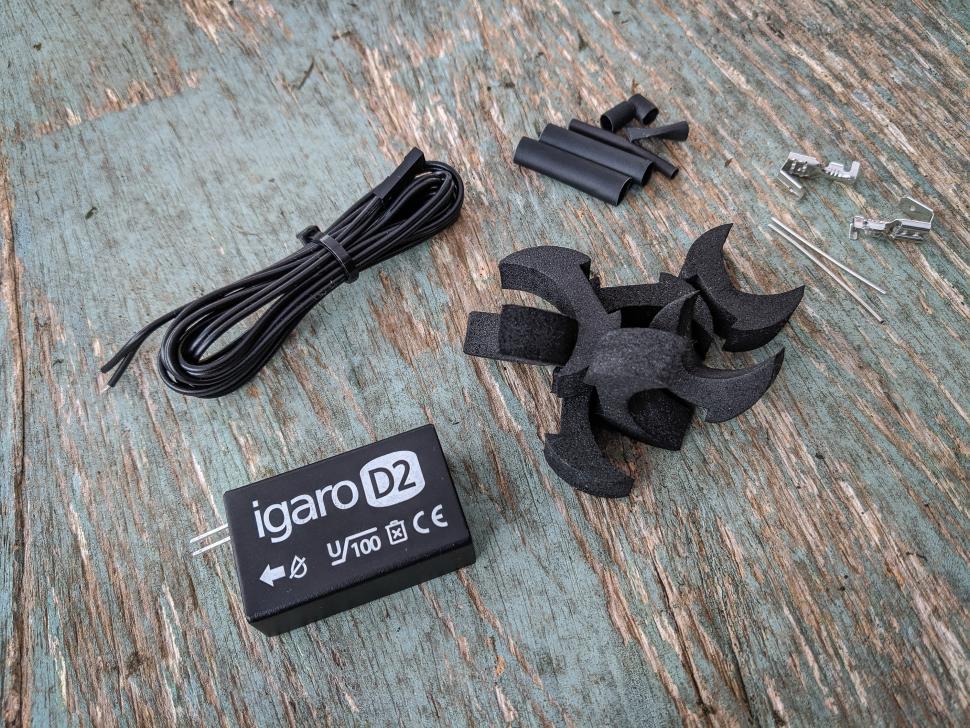
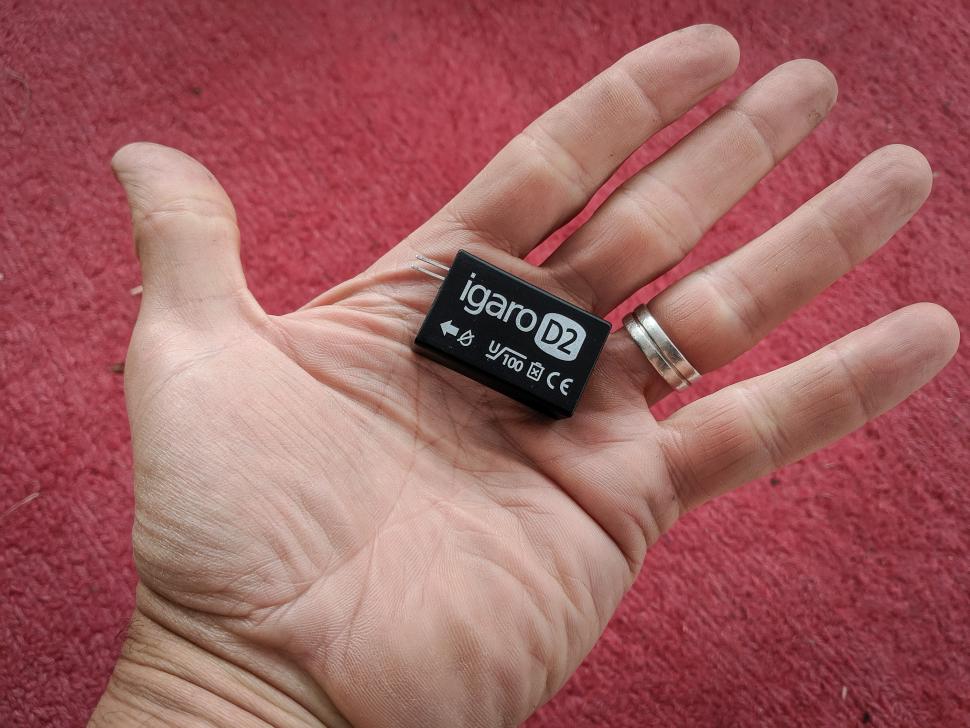


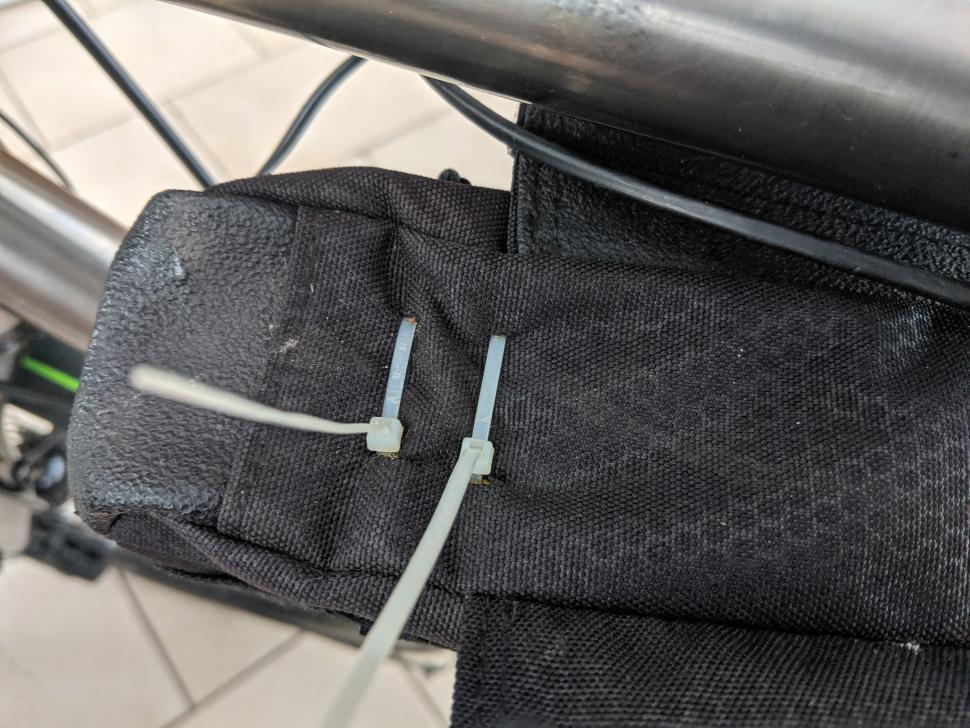
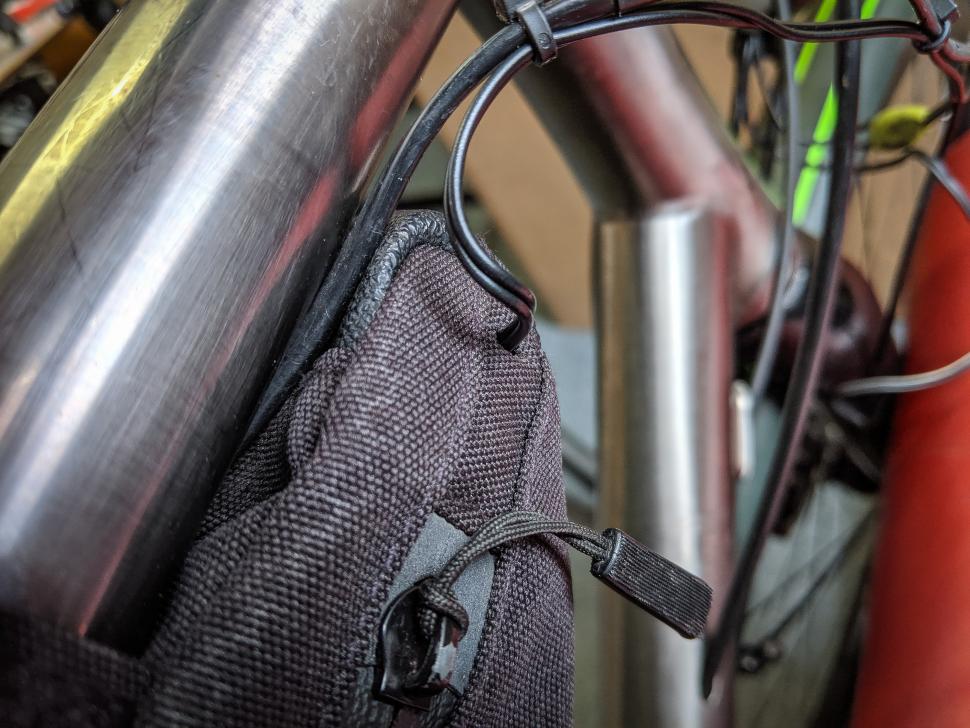
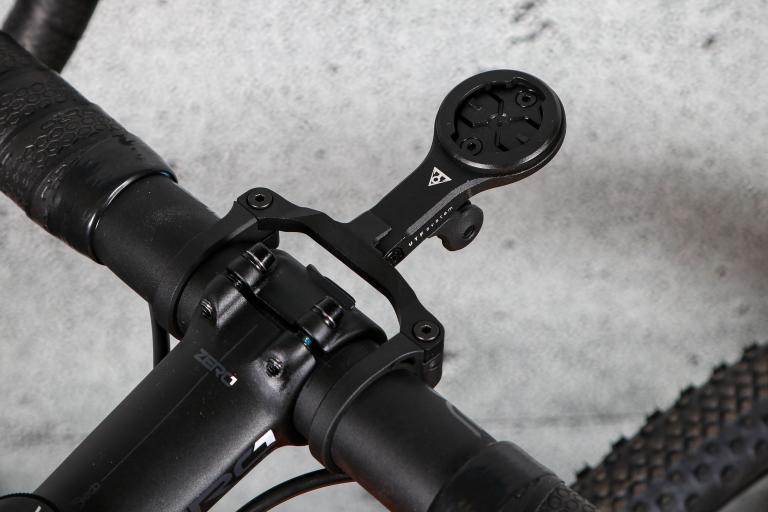
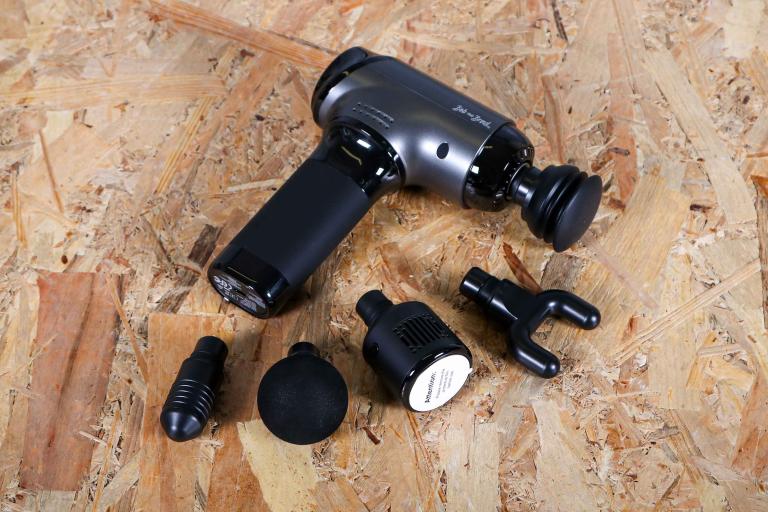


Add new comment
1 comments
Hmmmm... for around that price you can pick up a B&M Luxos U which has a 70/90 Lux light and a built-in USB power outlet. This is a nice small unit if you already have a light, but if I were starting from scratch I'd go down the Luxos route again. Kept my garmin nicely topped up on the Dunwich Dynamo this summer, when it had died every other time before the end.